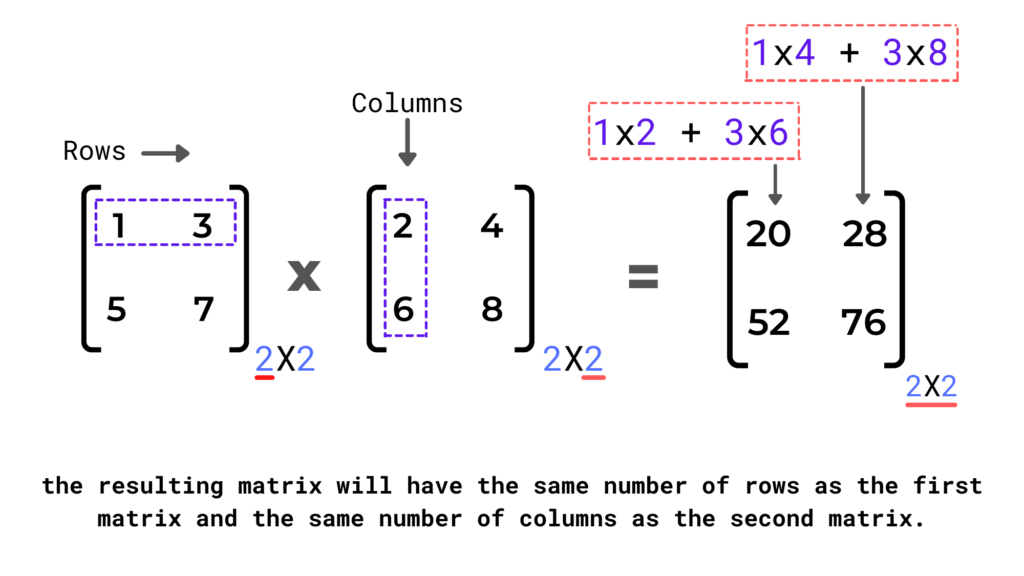【编程技巧】:优化Python代码加速反向传播算法的实现
发布时间: 2024-09-05 15:34:31 阅读量: 80 订阅数: 28 


# 1. Python编程语言概述及反向传播算法简介
## 概述Python编程语言
Python作为一种高级编程语言,因其简洁的语法和强大的库支持,成为了数据分析、机器学习等领域的首选工具。其设计哲学强调代码的可读性和简洁性,使得开发者能够使用更少的代码行数完成复杂的任务。Python的动态类型和垃圾回收机制进一步简化了开发流程。
## 反向传播算法简介
反向传播算法是神经网络中的一种核心算法,通过计算损失函数关于模型参数的梯度,实现对网络权重的优化调整。它之所以关键,在于其能够高效地计算和传播误差,从而驱动神经网络在学习过程中不断逼近目标函数。它的提出和发展极大地推动了深度学习技术的实用化。
# 2. Python代码优化基础
## 2.1 Python性能瓶颈分析
### 2.1.1 识别代码中的性能热点
在对Python代码进行优化之前,首先需要识别代码中的性能瓶颈或称为性能热点。性能热点指的是程序中那些显著拖慢整体性能的代码片段。通常这些热点位于程序运行时被频繁调用的函数或方法中。
为了找出性能热点,可以使用一些性能分析工具如`cProfile`或`line_profiler`。例如,使用`cProfile`模块,可以很容易地找到程序中的热点:
```python
import cProfile
cProfile.run('your_function()')
```
执行该命令后,`cProfile`会输出函数调用的统计信息,包括函数调用次数和总耗时。这些信息有助于开发者集中注意力于优化最耗时的部分。
### 2.1.2 利用Python内置函数和库
Python的标准库中包含了许多高效的内置函数和模块,正确地使用它们可以大幅提高代码的运行效率。比如,使用`map`和`filter`等内置函数,可以替代某些显式的循环结构,通常能够带来性能的提升。
```python
# 不利用内置函数
result = []
for item in collection:
if condition(item):
result.append(transformation(item))
# 使用内置函数
result = list(filter(condition, map(transformation, collection)))
```
在上面的例子中,使用`filter`和`map`替代了循环结构,使得代码更加简洁且可能运行得更快。
## 2.2 优化数据结构
### 2.2.1 列表推导式与生成器表达式的使用
列表推导式提供了一种简洁且高效的方式来创建列表。它不仅代码更易读,而且执行效率也很高,特别是在构建新列表时。生成器表达式与列表推导式类似,但生成器是惰性求值的,它可以节省内存,并能处理无限序列。
```python
# 列表推导式
squares = [x*x for x in range(10)]
# 生成器表达式
square_generator = (x*x for x in range(10))
```
### 2.2.2 利用字典和集合的高效性
Python的字典(`dict`)和集合(`set`)在内部是通过哈希表实现的,它们提供了平均常数时间复杂度的查找和插入操作。对于包含大量元素的数据集,使用字典或集合代替列表进行查找和存储操作,可以极大地提升程序的性能。
```python
# 使用列表进行查找
if item in long_list:
pass
# 使用字典进行查找
if item in lookup_dict:
pass
```
字典的`in`操作平均时间复杂度为O(1),而列表的`in`操作平均时间复杂度为O(n)。
## 2.3 函数优化策略
### 2.3.1 减少函数调用开销
函数调用在Python中是有一定开销的,尤其是频繁调用的小型函数。如果函数太小或被频繁调用,应考虑将函数体内的代码直接嵌入到调用点以减少函数调用的开销。
### 2.3.2 函数参数传递的优化
Python中函数参数是按值传递的,但如果传递的是大型数据结构,如列表或字典,那么每次函数调用都会复制一份,这样会产生大量的内存开销。为了优化这种开销,可以使用默认参数进行缓存,或者使用生成器表达式和`itertools`模块来处理大型数据集。
```python
import itertools
# 使用生成器表达式
def process_large_data(data, filter_func):
for item in filter(filter_func, data):
yield item
# 使用itertools模块
import itertools
processed_data = itertools.filterfalse(filter_func, data)
```
通过生成器表达式或`itertools`模块,可以在不影响性能的情况下高效地处理大型数据集。
接下来,我们将探讨如何利用这些优化策略来实现高效的反向传播算法,并提高神经网络的性能。
# 3. 反向传播算法的理论与实践
## 3.1 反向传播算法原理
### 3.1.1 神经网络基础知识回顾
神经网络是一系列算法,旨在模拟人脑神经元的工作方式,用于解决各种复杂问题,包括分类、回归、聚类等。神经网络由简单计算单元(神经元)构成,它们通过参数(权重和偏置)相连接。一个典型神经网络由输入层、隐藏层(一个或多个)和输出层组成。每一层包含多个神经元,且前一层的每个神经元都与下一层的神经元相连。
反向传播算法是神经网络中最常用的训练算法之一,主要目的是通过最小化损失函数(如均方误差)来更新网络参数。该算法的核心是利用链式法则进行高效的梯度计算,从而指导网络调整参数以学习数据特征和模式。
### 3.1.2 反向传播算法的数学模型
反向传播算法的数学模型基于链式法则对梯度进行计算。假设有一个损失函数L,它依赖于网络的输出和真实标签,目标是通过调整网络参数来最小化这个损失函数。梯度下降法用于迭代更新参数,更新规则可以表达为:
θ = θ - α * ∇θL
其中θ代表网络参数(权重和偏置),α为学习率,∇θL为损失函数L关于参数θ的梯度。反向传播的核心过程分为两个阶段:前向传播和反向传播。
- 前向传播阶段:输入数据通过网络,每一层的输出都是下一层的输入,直到最后一层的输出。
- 反向传播阶段:计算损失函数对每一层参数的梯度,然后根据这些梯度更新参数。
```python
# 反向传播伪代码
for each training example (input, expected_output):
# 前向传播
input_data = input
for each layer:
input_data = layer.forward(input_data)
# 计算损失函数对输出的梯度
output_gradient = loss_gradient(input_data, expected_output)
# 反向传播
for each layer in reversed(layer_stack):
output_gradient = layer.backward(output_gradient)
```
## 3.2 实现基础的反向传播
### 3.2.1 简单网络的前向传播实现
实现一个基础的反向传播算法,首先需要定义前向传播。前向传播需要按照神经网络的结构顺序计算每一层的输出。以下是一个简单的两层神经网络的前向传播示例:
```python
import numpy as np
def sigmoid(x):
return 1 / (1 + np.exp(-x))
class NeuralNetwork:
def __init__(self, input_size, hidden_size, output_size):
# 初始化权重和偏置
self.weights_input_hidden = np.random.randn(input_size, hidden_size)
self.weights_hidden_output = np.random.randn(hidden_size, output_size)
self.bias_hidden = np.random.randn(hidden_size)
self.bias_output = np.random.randn(output_size)
def forward(self, X):
# 输入到隐藏层的前向传播
self.input = X
self.hidden = sigmoid(np.dot(self.input, self.weights_input_hidden) + self.bias_hidden)
# 隐藏层到输出层的前向传播
self.output = sigmoid(np.dot(self.hidden, self.weights_hidden_output) + self.bias_output)
return self.output
# 创建一个输入大小为2,隐藏层大小为3,输出大小为1的神经网络
net = NeuralNetwork(input_size=2, hidden_size=3, output_size
```
0
0





